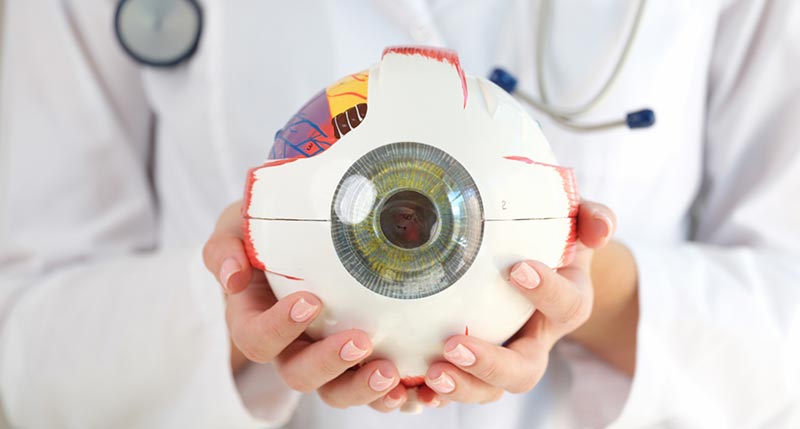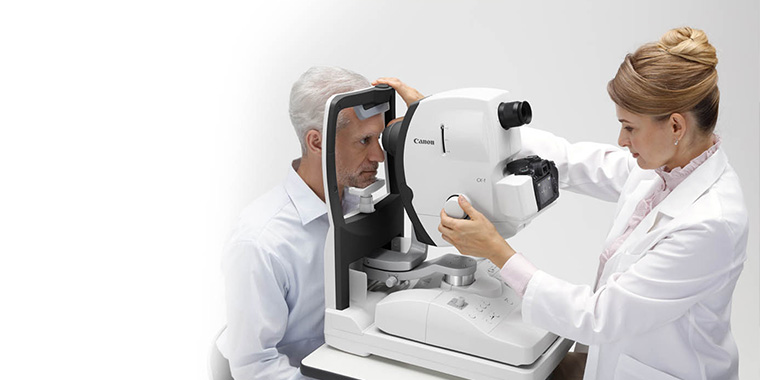Neurologist in Andalusia: Leading Specialists and Clinics Listed
Neurologist in Andalusia: Leading Specialists and Clinics Listed
Blog Article
The Pros and Disadvantages of Various Refractive Surgeries for Boosted Eyecare

LASIK Surgical Treatment
LASIK surgical procedure is a generally performed refractive treatment that intends to deal with vision issues such as farsightedness, nearsightedness, and astigmatism. This surgical method has actually obtained popularity because of its efficiency in supplying individuals with clearer vision and decreasing their dependency on glasses or get in touch with lenses. During the treatment, a slim flap is developed on the cornea, and a laser is used to reshape the underlying tissue, fixing the refractive mistake. The flap is then rearranged, enabling for quick healing and very little pain for the patient.
One of the key benefits of LASIK surgery is the fast improvement in vision experienced by lots of patients. It is essential for people taking into consideration LASIK surgery to undertake a detailed examination by an eye care expert to figure out if they are ideal prospects for the procedure.
PRK Treatment
The PRK treatment, also recognized as Photorefractive Keratectomy, is a kind of refractive surgery that aims to remedy vision issues comparable to LASIK surgery. Unlike LASIK, which involves producing a flap in the cornea, PRK functions on the surface area layer of the cornea.
One of the benefits of PRK over LASIK is that it removes the danger of flap-related problems since no flap is created throughout the surgical procedure. Regardless of the longer healing duration, PRK can be a suitable option for individuals seeking vision modification surgical procedure.
SMILE Surgical Procedure
A cutting-edge refractive surgery strategy acquiring appeal in the field of ophthalmology is SMILE Surgical treatment. Tiny Cut Lenticule Removal (SMILE) is a minimally invasive treatment that deals with vision by reshaping the cornea utilizing a femtosecond laser. Unlike traditional LASIK surgery, SMILE Surgical treatment involves developing a small incision in the cornea to remove a lenticule, which causes less interruption to the corneal framework and potentially quicker recovery times.
One of the key benefits of SMILE Surgical procedure is its ability to treat myopia (nearsightedness) and astigmatism with high accuracy, causing superb visual results for patients. The minimally intrusive nature of the treatment likewise minimizes the risk of problems such as dry eye disorder, making it a desirable choice for individuals seeking refractive surgery.

LASEK Method
Having checked out the benefits and factors to consider of SMILE Surgical treatment, another noteworthy refractive surgery method worth examining is the LASEK Strategy. LASEK, which stands for Laser-Assisted Subepithelial Keratectomy, is a form of laser eye surgical treatment that aims to fix refractive mistakes such as myopia (nearsightedness), hyperopia (farsightedness), and astigmatism.
Unlike LASIK, LASEK does not include creating a corneal flap. Rather, during a LASEK procedure, the cosmetic surgeon makes use of a diluted alcohol option to loosen the slim outer layer of the cornea, called the epithelium. This layer is after that gently moved aside to permit the laser to improve the underlying corneal tissue. Once the cornea has actually been reshaped to the desired degree, the epithelial layer is repositioned.
One of the key benefits of LASEK is that it can be suitable for individuals with thin corneas who may Website not be excellent candidates for LASIK. Additionally, LASEK commonly causes very little post-operative discomfort and a quicker recovery time compared to PRK. The aesthetic recovery process with LASEK might be a little longer than with LASIK.
Implantable Call Lenses
Implantable Get in touch with Lenses supply a long-lasting vision correction solution for individuals looking for a choice to traditional get in touch with lenses or glasses. These lenses, additionally known as phakic intraocular lenses, are surgically placed right into the eye to fix refractive mistakes such as nearsightedness (nearsightedness), hyperopia (farsightedness), and astigmatism. neurologist Andalusia. Unlike traditional contact lenses that rest on the surface area of the eye, implantable get in touch with lenses work within the eye itself, supplying clear vision without the demand for day-to-day upkeep or elimination
One of the vital benefits of implantable get in touch with lenses is their permanence. As soon as inserted, they can continue to be in the you can check here eye forever, offering steady and constant vision adjustment. Additionally, these lenses can be a superb alternative for people that are bad candidates for laser eye surgical procedure or that prefer a relatively easy to fix vision improvement procedure.
Nonetheless, implantable get in touch with lenses do carry some threats, including the capacity for cataracts or enhanced eye pressure. It is critical for individuals considering this choice to seek advice from with an eye care specialist to identify if implantable contact lenses are the right option for their particular requirements and eye health and wellness.
Final Thought
In verdict, each type of refractive surgery has its very own benefits and downsides. LASIK surgery is preferred for its quick healing time, while PRK procedure might be suitable for clients with thin corneas.

On The Whole, SMILE Surgical treatment presents a promising alternative for individuals looking to boost their vision via refractive surgery.
Report this page